How does the bee know which flower has nectar meritnation? BEES FINDING NECTAR
BEES FINDING NECTAR
I ant intrigued by the idea of bee “dances” and wonder, does a foraging bee only follow the information received in the hive or does she have other means of finding nectar sources?
Although we are never sure exactly what motivates a foraging bee, it would be safe to assume that the bee goes beyond what information may have been received in the hive.
Dr. Michael von Ryan discovered in his experiments that bees are probably guided by a combination of things: color of the flower, the shape and scent of the blossom, nectar guides within the flower, and the' sweetness of the nectar itself. Let us assume that a foraging bee may have received information in the hive as to the location of a floral source. Although it has been discovered through experiments that the information relayed to the hive is remarkably complete, it is doubtful that the bee knows exactly how many feet and inches to fly to reach a given flower.
Dr. von Ryan discovered that the foliage, which is green and attractive to us, is an almost colorless gray with a weak yellowish tinge for bees. The colorful flowers must stand out very effectively against this neutral background. Further experiments showed that the flowers depending upon bees for pollination and those which yielded nectar were rather conspicuous in the qualities of color that bees are known to see. Many of these flowers also contain a contrasting color on or near the entrance to the tube containing the nectar. To us, these color changes within one blossom may merely make the flower more interesting or attractive but to the bee, these color changes within the blossom, or nectar guides as they are called, may be as conspicuous as the “X” marked on the ground for a skydiver.
Once a foraging bee is drawn to the flower by its color and shape, she would also probably become attracted by the odor or scent of the blossom. If there were nectar guides present, the path to food becomes even more obvious. If there was no nectar present, the bee would discover this shortly and leave for another blossom. If there was nectar present, the bee would form the mouthparts into a sucking pump and taste it. If the nectar was sweet enough, say 20 per cent or more sucrose, the bee would fill her honey sac. According to Dr. von Ryan, if the sucrose level of the nectar fell to 10 per cent or less, there is a good possibility that the foraging bee would taste the nectar but refuse to fill her honey sac and fly to the next blossom in search of suitable nectar.


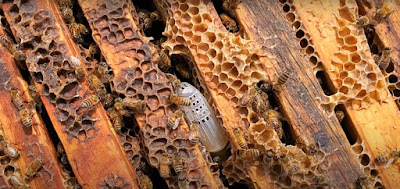
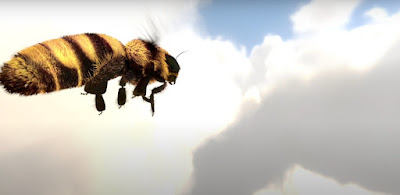

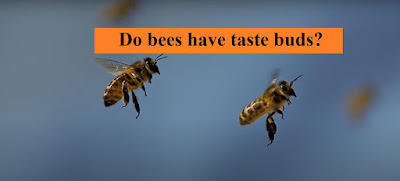
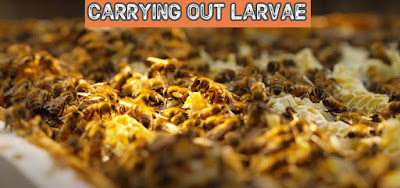
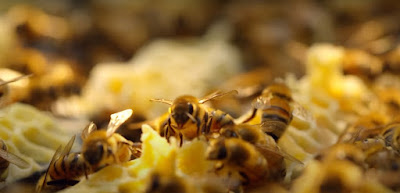

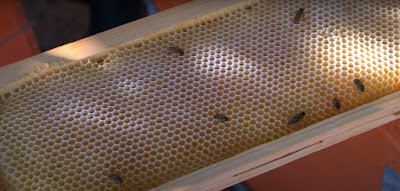


Comments
Post a Comment